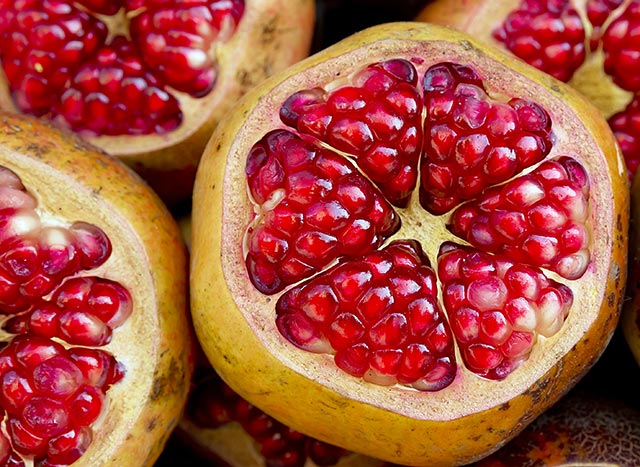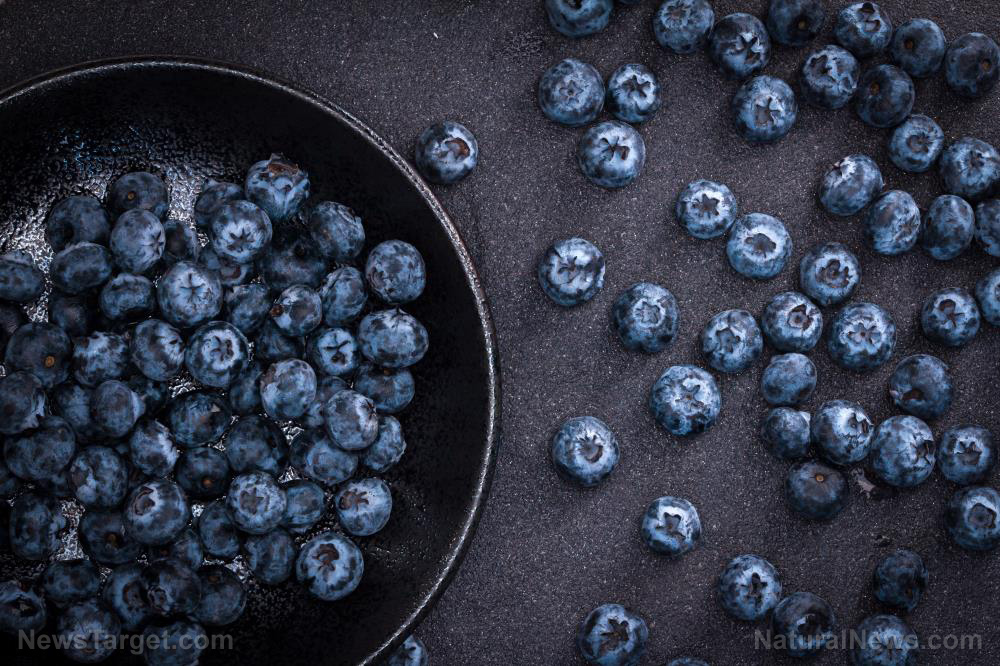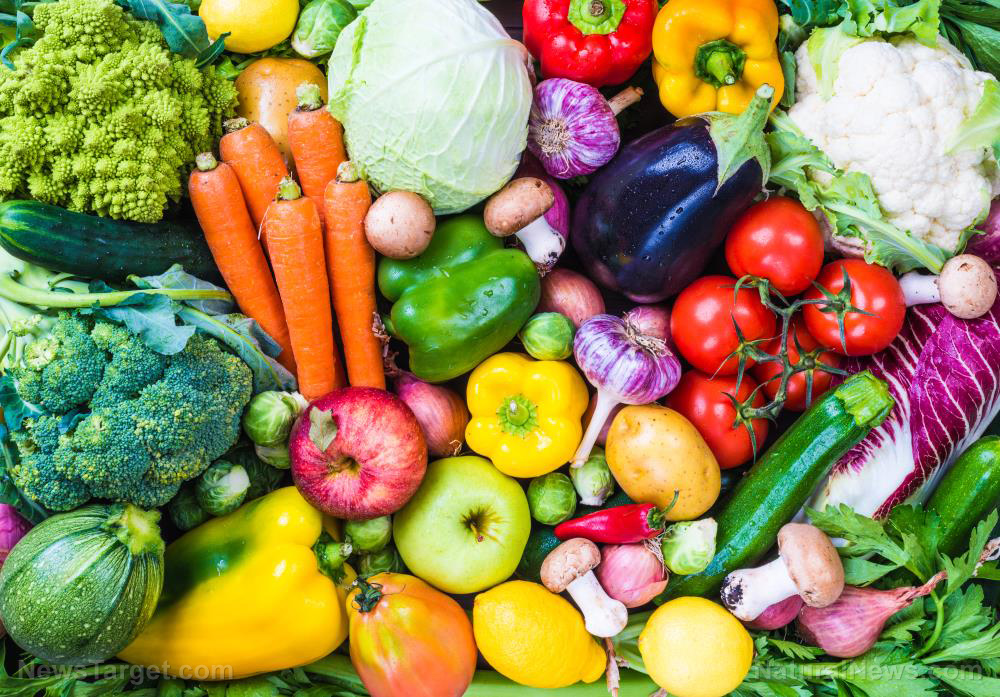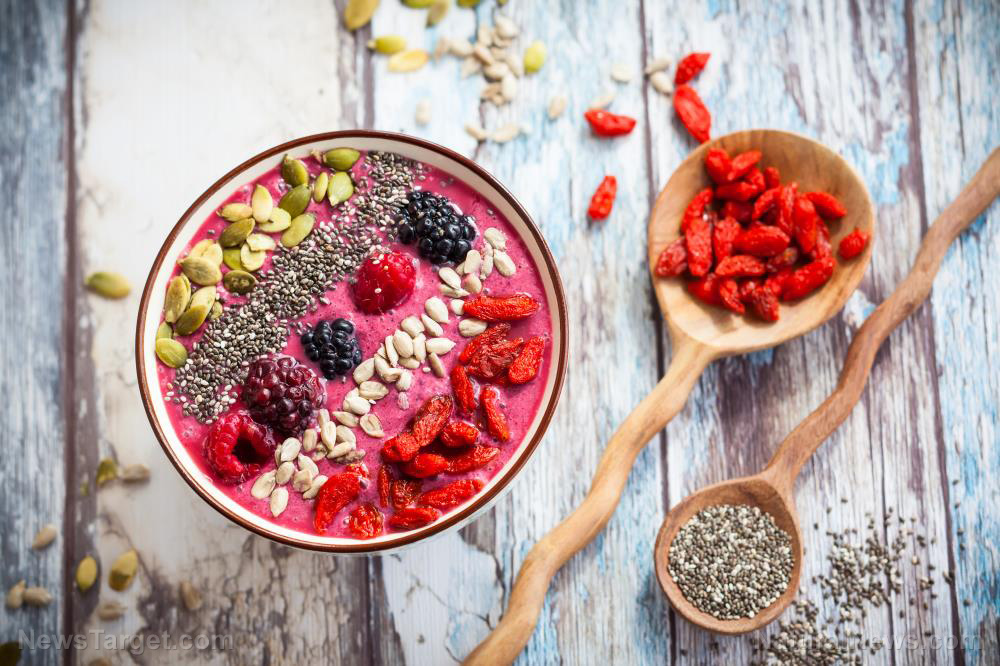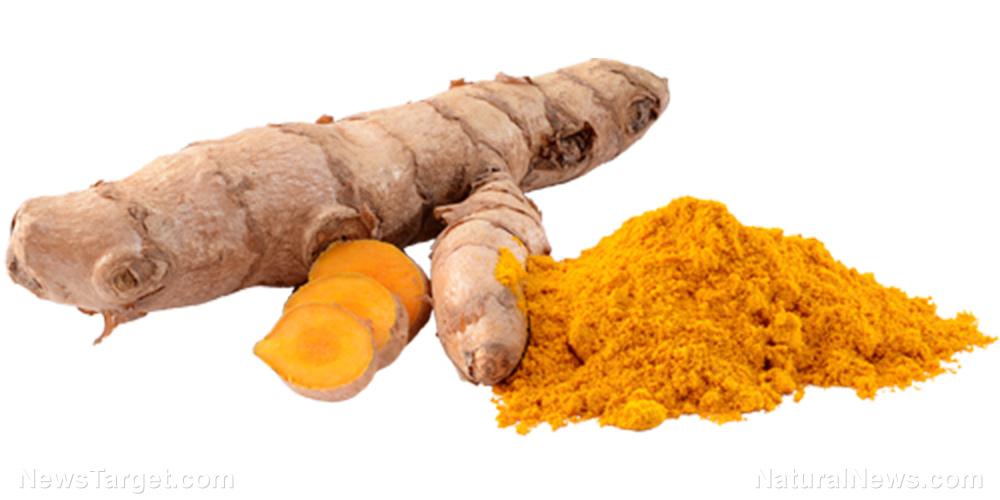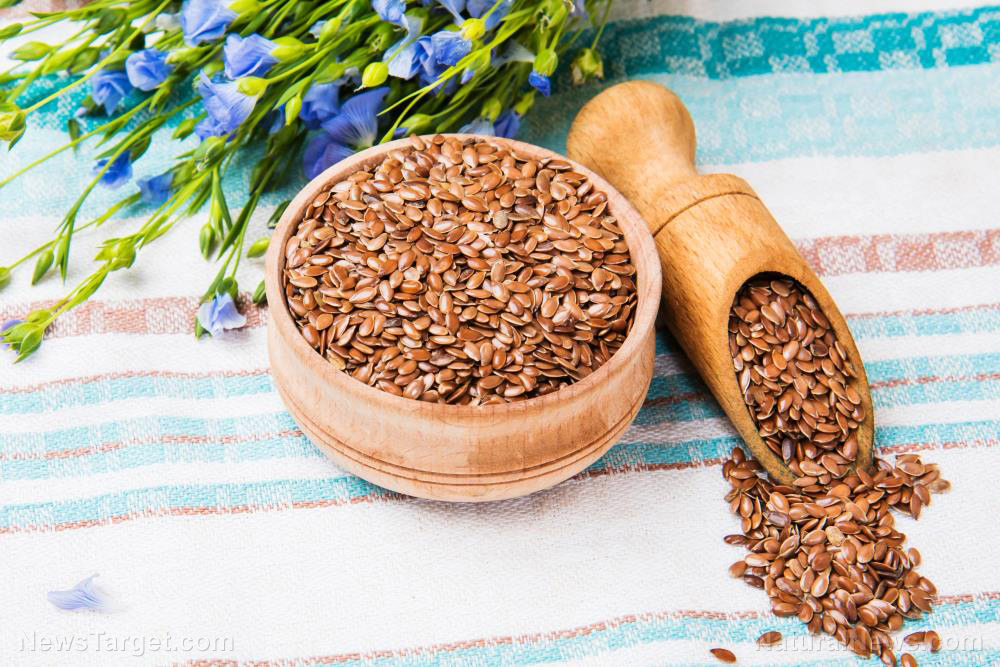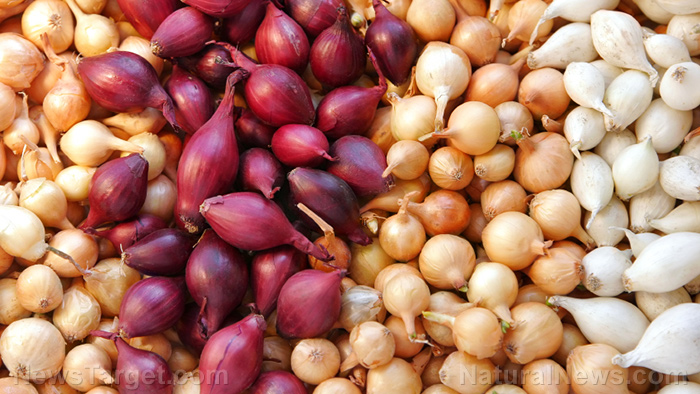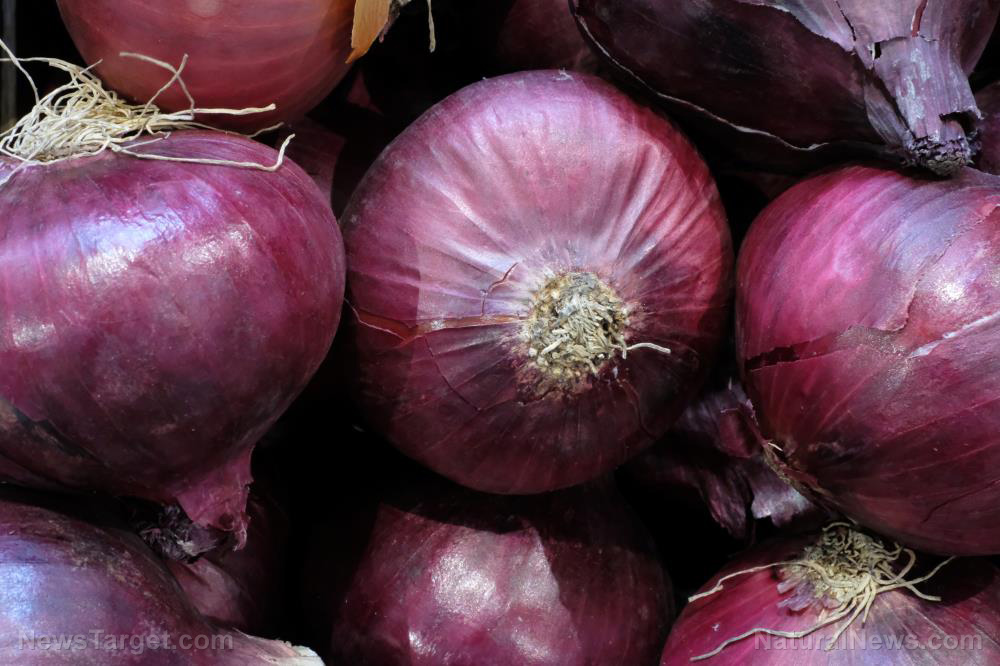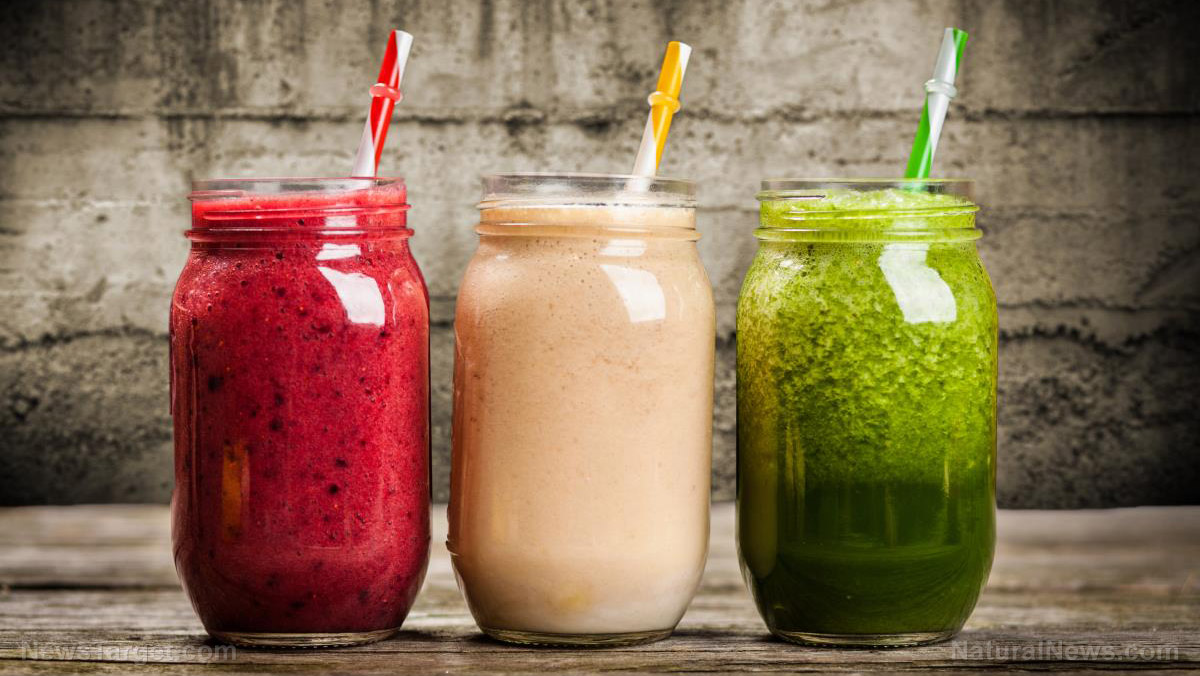You are what you eat: Even if you are ill, you can eat your way to better health
07/11/2019 / By Isabelle Z.
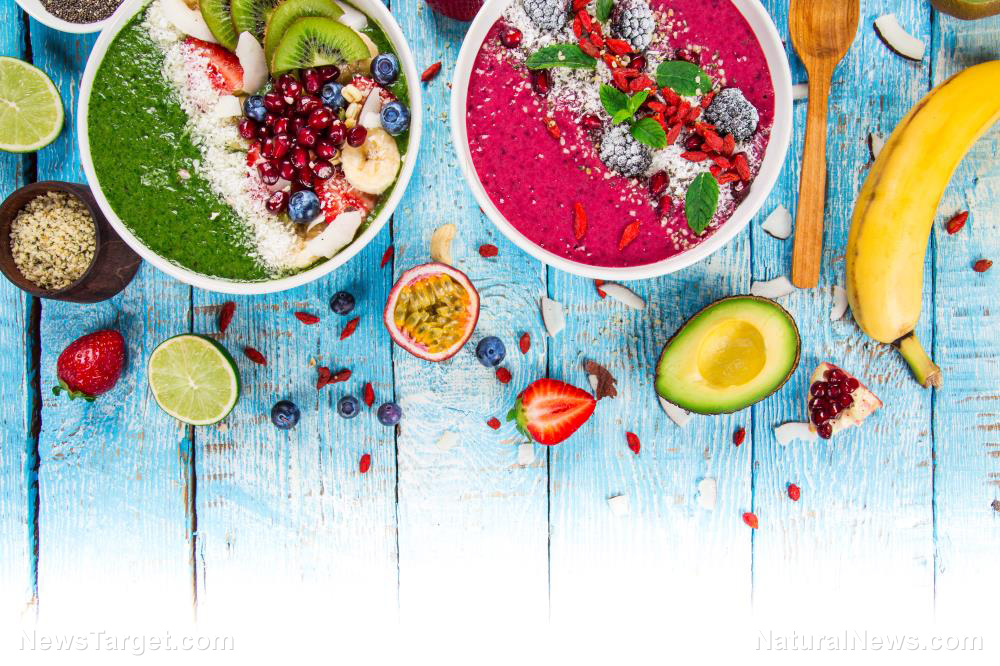
We’ve all been there: Someone you know is diagnosed with a chronic illness like diabetes, and you can’t really say you’re surprised given the poor quality of their diet. But how often do you think about the opposite scenario, where someone improves their health dramatically by cleaning up their diet? The truth is that just as bad food choices can threaten your health, eating the right ones can very much prevent and even reverse illness.
This is the topic of Dr. Michael Greger’s best-seller, How Not to Die: Discover the Foods Scientifically Proven to Prevent and Reverse Disease. Dr. Greger was inspired to become a doctor by his grandmother, who was sent home by her doctors to die at age 65 after being diagnosed with end-stage heart disease. After following the Pritikin method for reversing heart disease through dietary changes, she went from being in a wheelchair and on the brink of death to walking ten miles per day in just three weeks. She went on to live a further 31 years.
Dr. Greger focused on nutrition, deliberately choosing the medical school at Tufts University on account of its educational offerings in the subject, and has devoted his career to researching the ways foods can reverse illness.
His book, How Not to Die, might not be perfect, but it is based on scientific research and offers plenty of valuable advice about which foods can address issues like heart, lung, and kidney disease; cancer; diabetes; and depression. At the heart of it all is a whole food, plant-based diet.
Of course, this isn’t meant to be taken literally – you could survive on just potatoes, he points out, and that might fit the definition but certainly wouldn’t be a healthy approach. His book outlines a list of foods to focus on to prevent disease known as the Daily Dozen. Here is a look at three of the foods that are featured on this life-saving list.
Cruciferous vegetables
You could eat spinach all day long, but you’d be missing out on a very important compound known as sulforaphane if you don’t make a point of including cruciferous vegetables like broccoli, cabbage and bok choy in your diet. He suggests eating at least one serving per day to ensure you get enough of this anti-cancer compound that can boost heart health. Opt for raw whenever possible; raw broccoli contains 10 times the sulforaphane of the cooked variety.
Beans and legumes
Dr. Greger recommends that people eat three servings of legumes per day, which he defines as a quarter cup of bean dip or hummus, half a cup of cooked beans, or a full cup of sprouted lentils or fresh peas. On his website, Dr. Greger points to one of the most comprehensive studies of diet and cancer, which states in its recommendations that people consume legumes or whole grains with every meal. Not only is bean consumption linked to a slimmer waistline and reduced blood pressure, but it can also help keep blood sugar, insulin and cholesterol in check. The phytates, fiber and folate in beans can reduce your risk of stroke, colon cancer and depression.
Berries
Berries also feature prominently, with a serving of half a cup fresh or frozen berries or a quarter cup dried berries recommended alongside three servings of other types of fruit. He singles out berries because of their antioxidant capabilities, averaging 10 times the antioxidants found in other fruits and vegetables. They give your immune system a boost, protect your liver and brain, and can even protect you from cancer and cardiovascular disease.
Why not take your health into your own hands today and start making smarter eating choices that can prevent diseases naturally?
Sources for this article include:
Tagged Under: #nutrition, beans, berries, broccoli, cruciferous vegetables, Dr. Greger, food is medicine, foodcures, grocery cures, How Not to Die, legumes, prevention, sulforaphane, whole food plant-based diet
RECENT NEWS & ARTICLES
FoodCures.News is a fact-based public education website published by Food Cures News Features, LLC.
All content copyright © 2018 by Food Cures News Features, LLC.
Contact Us with Tips or Corrections
All trademarks, registered trademarks and servicemarks mentioned on this site are the property of their respective owners.





